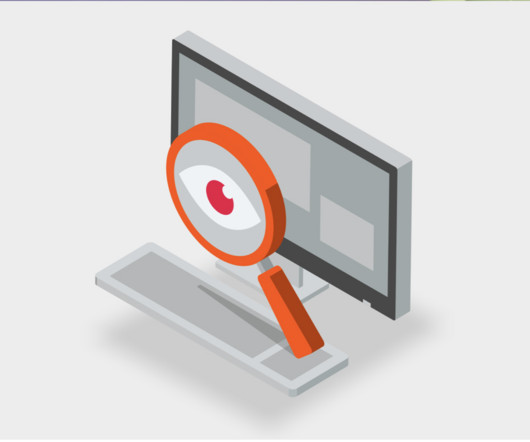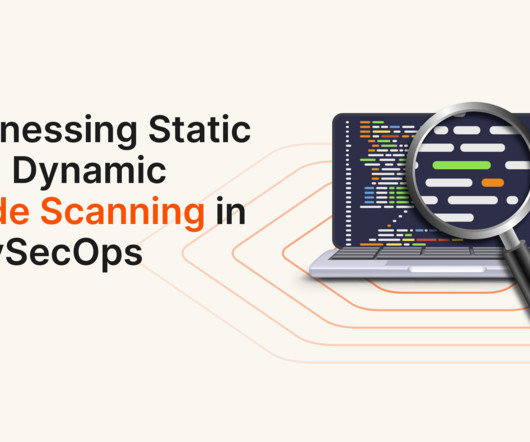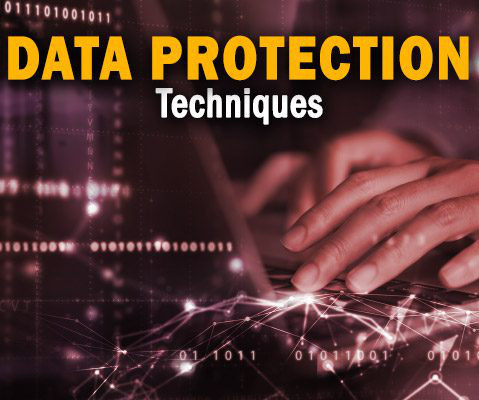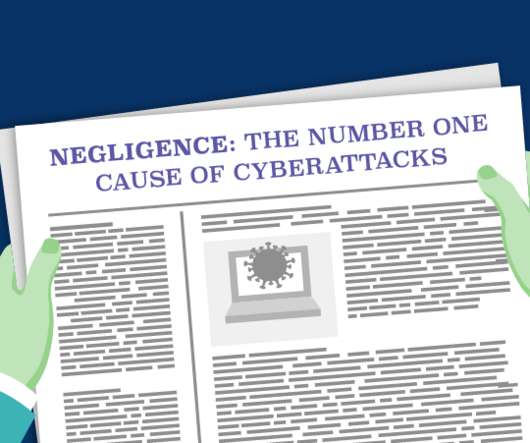How to Implement Threat Modeling in Your DevSecOps Process
Pure Storage
AUGUST 3, 2023
Threat modeling is an essential tool for developers and security professionals to identify and mitigate potential security risks in software systems proactively. Threat modeling is the process of identifying potential threats and vulnerabilities in a system and determining the likelihood and impact of each threat.























Let's personalize your content